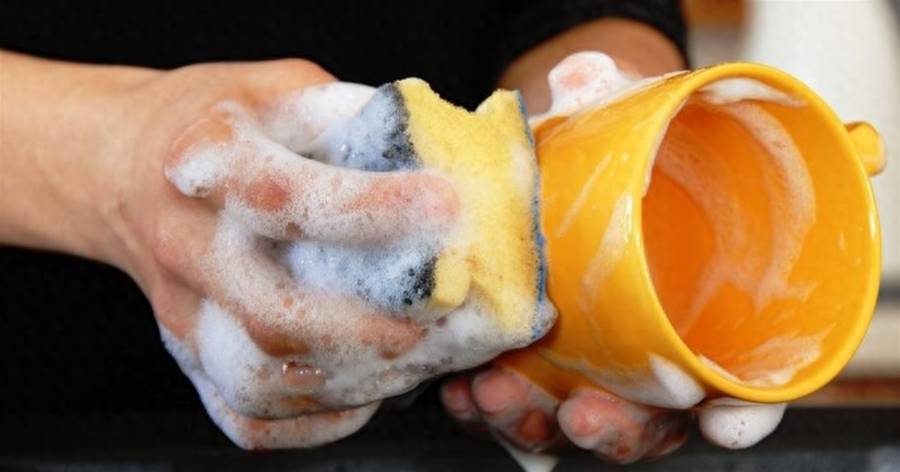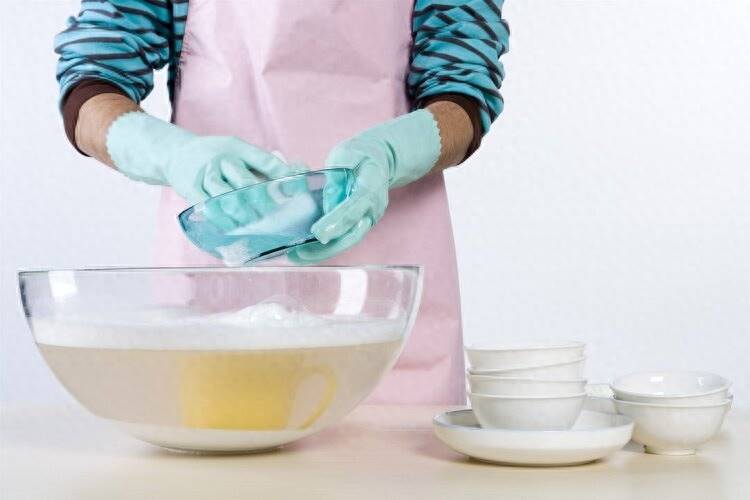
Title: The Truth about Dishwashing Liquid: Is it Dangerous? 1. Can dishwashing liquid cause cancer? In 2014, a survey by China's Central Television found that only 93.6% of dishwashing liquid samples were qualified, with the main issue being excessive formaldehyde content.

Formaldehyde is a known carcinogen, causing concern among consumers about the potential cancer risk of using dishwashing liquid regularly.
But why is there formaldehyde in dishwashing liquid, and does it pose a health risk? Formaldehyde is added to dishwashing liquid as a preservative to extend its shelf life. Although the inclusion of formaldehyde in dishwashing liquid is allowed by the government, there are strict requirements for its content, especially for cleaning products used on food.

For example, a market supervision authority inspected 18 batches of dishwashing detergents and found that all were within the acceptable range for formaldehyde content. Therefore, as long as consumers choose products from reputable manufacturers, the risk is minimal.

2. Are dishwashing liquid residues harmful? Apart from the formaldehyde rumor, there are also claims that dishwashing liquid residues can be harmful to the body.
Dishwashing liquid primarily contains surfactants, which are responsible for removing grease and oil from dishes. The most commonly used surfactants in China are anionic and nonionic types, which have low toxicities and pose little threat to human health. If accidentally ingested, they are harmless. To further reduce any potential residue, it is recommended to rinse dishes several times after washing.

3. Three types of dishwashing liquid to avoid There are certain types of dishwashing liquid that one should be cautious of due to potential adverse health effects. - Loose, unpackaged dishwashing liquid: These products often lack quality control and may contain excessive bacteria or have unbalanced pH levels, making dishes dirtier over time.
- Highly fragrant dishwashing liquid: Excessive use of poor-quality fragrances can cause respiratory discomfort and induce symptoms such as nausea and difficulty breathing. - Cloudy or separating dishwashing liquid: Dishwashing liquid should be transparent and not separate into layers.

Cloudy or separating liquid indicates spoilage and should be discarded immediately.
In conclusion, as long as consumers choose dishwashing liquid from reputable manufacturers, there is minimal risk to health. However, caution should be exercised with certain types of dishwashing liquid to avoid potential hazards.



















